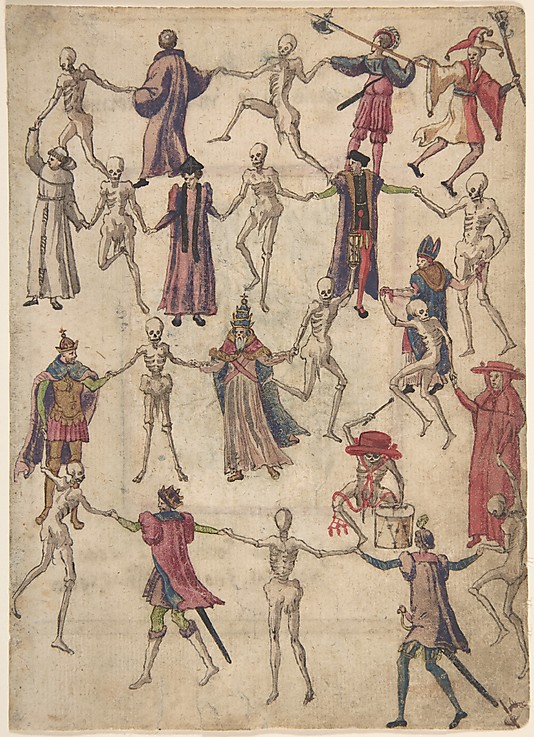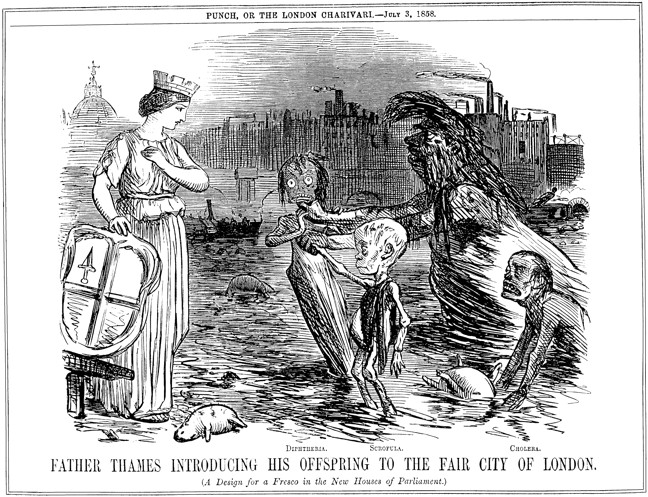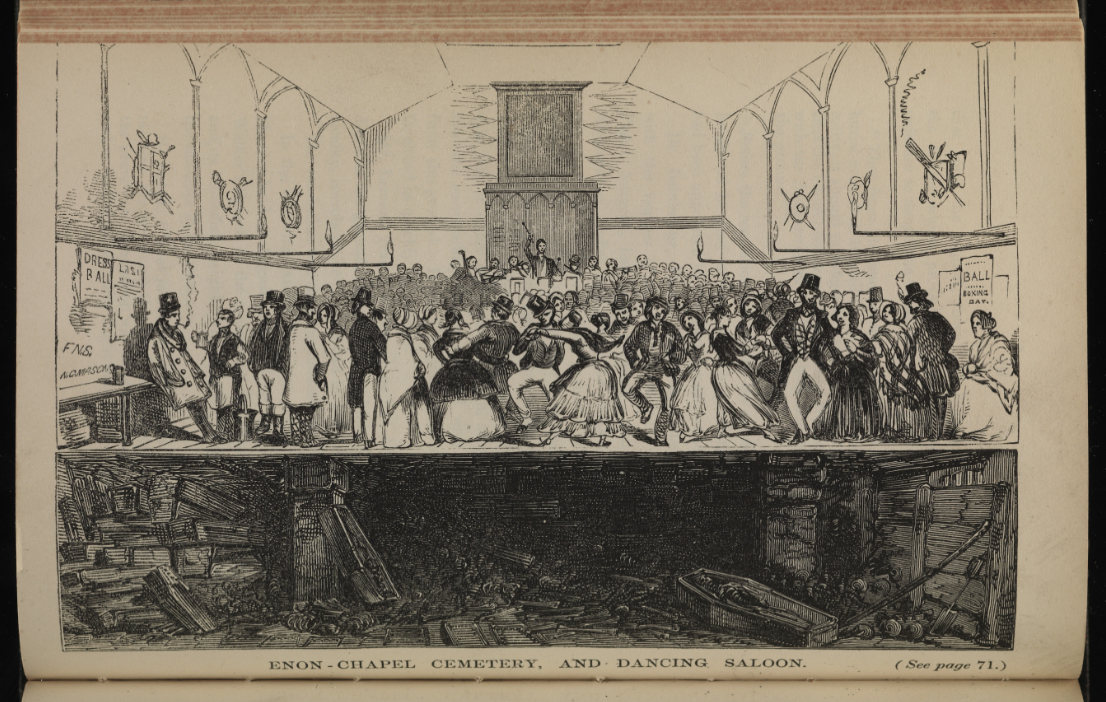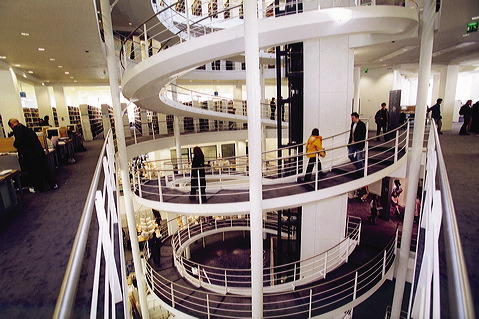“And as for their dancing, was ‘dance’ the right word for it? Nothing about that dance to cheer the heart. The dance was the dance of death. They danced it for the wretched of the earth that they might witness their own wretchedness.
Angela Carter, “Night at the Circus”

In Googling ‘dancing’ and ‘death,’ you are presented with a plethora of quotes on the two topics entwined. They seem to be somehow synonymous with each other: “Dancing with death” and “Dancing on someone’s grave” are two good, albeit metaphorical, examples, and we are all familiar with the iconic, allegorical imagery of the Danse Macabre.
But in a tiny, unassuming chapel in 19th Century London, dancing on the dead is literally what revellers did.
Enon Chapel was opened around 1822 in Clements Lane near The Strand in London. Like many buildings, it was situated above an open sewer. The Baptist Minister at the chapel was the unscrupulous and greedy Mr W. Howse, and the inhabitants of the parish belonged to a poorer class. Worshippers occupied the upper floor of the chapel for sermons and meetings for 4-5 hours a day, and below them in the basement the dead were interred, separated from the living by only a few thin wooden floorboards. There was none of the usual “lath and plaster” below, and the boards continually shrank, causing gaps to appear between them through which the odour of decomposition would escape. This intramural interment was the custom at the time within London, particularly directly beneath churches, but Mr Howse differed in that he offered this service for only 15 shillings (less than other parishes which charged around £117s) and had few morals or sense of decency towards the deceased. The overused basement soon became “…filled with coffins up to the very rafters, so that there was only the wooden flooring between the living youth and the festering dead.” [1]
Despite the fact that parishioners were already inhaling the noxious fumes of the putrefying corpses below, the enterprising Mr Howse realized he could continue to ‘inhume’ the dead provided he take a few shortcuts: coffins lovingly bought for the deceased by parish family members were chopped up and used by Howse as firewood in order for him to pack the cadavers more tightly together in the 50 x 40 ft pit. The bodies were covered by no more than a few inches of earth, if any at all, hence the stench. He realized he could also discard remains down the sewer and let them float through the sewer tunnels like so much garbage, ricocheting off the stone walls and becoming covered in viscid London feces.
Eventually this chapel and the area surrounding it became known as a modern Golgotha due to the unsavory characteristics noted by tenants and visitors. The stench was frequently intolerable and in the summer the chapel’s Sunday school, made up of local children who were taught for 6 hours, was often blighted by insects: one a long, thin black fly which crawled out of the coffins below, and the other a more common looking insect which the parishioners called ‘body bugs’. Samuel Pitts, a cabinet maker and regular attendee of the chapel, said he’d seen hundreds of these bugs flying around at one time, and that he took them home in his hat, and his wife took them home in her clothes.[2] One witness stated that he had a peculiar taste in his mouth during the time of worship, and that his handkerchief was so offensive that immediately on his return home his wife used to place it in water.[3] Residents living around the chapel were frequently annoyed by a disgusting smell, vast numbers of rats infested the houses, and meat left out for a couple of hours in the atmosphere very quickly putrefied. It became dangerous to sit in the church for faintings and sickness occurred every day, and many people returned home with headaches. A Mr Tumbleton (an undertaker who had attended a funeral at Enon Chapel) perceived a revolting stench during the service and within 40 hours was seized with a malignant typhus which confined him to his bed for 9 weeks. [4]

It wasn’t until 1834 that concern was raised, causing the Commissioners of Sewers to investigate further. They decreed that the sewer below the chapel should be vaulted over after they discovered human remains festering down there; however the corpses at this point were disturbed and mutilated, but unbelievably not removed.
The ever-enterprising Mr Howse continued to ‘inter’ the local dead in other ways (by now around 500 corpses a year). Over a period of time he was said to have moved 60 cartloads of dirt and human remains to Waterloo Bridge and thrown them in into the River Thames. However he carelessly dropped some of his cargo on one journey and a passerby bent down and picked out of it a human skull. [5] Another time it was a human hand, not buried a month, which surgeon George Walker described as “as perfect as my hand.” [6] Bartlett elaborates, “It was no longer safe to cart away the remains, and yet the Reverend speculator could not afford to lose his fine income from the burials and so his ever-busy intellect invented a novel mode of getting rid of the bodies – he used great quantities of quicklime!” [7] This nefarious practice continued until the minister died in 1842, at which point human bones were even discovered beneath his kitchen floor.

The new tenants who took over the lease in 1844 knew of the chapel’s history and capitalized on it by appealing to Londoners’ obvious tolerance for the macabre. They placed a layer of brick over the original wooden floor, lay down new wooden floorboards, and opened the space as a ‘low dancing saloon’ for teetotallers, cheerfully advertising “dances on the dead” as well as gambling. An old leaflet stated: “Enon Chapel – Dancing on the Dead – Admission Threepence. No lady or gentleman admitted unless wearing shoes and stockings” The Poor Man’s Guardian, in 1847, described this new venture as a ‘Temperance Hall’ which held plain and fancy dress balls accompanied by an efficient band: “Quadrilles, waltzes, country-dances, gallopades, reels are danced over the masses of mortality in the cellar beneath” [8] The venue was particularly popular for its annual boxing day bash.
These dances continued until around 1848 when philanthropist, sanitary reformer and surgeon, Mr George Alfred Walker of Drury Lane, bought the chapel which was in the immediate neighborhood of his surgery. In 1839 he’d written, “My reflections upon leaving the masses of corruption here exposed, were painful in the extreme; I want language to express the intense feelings of pity, contempt and abhorrence I experienced. Can it be, thought I, that in the Nineteenth Century, in the very centre of the most magnificent city in the universe, such sad mementoes of ignorance, cupidity, and degraded morality still exist?” [8] At his own expense (£100 – quite a substantial sum for the day) he began having the bodies exhumed and buried properly in a single pit in Norwood Cemetery. (Mr Walker, who had studied at St Bartholomew’s Hospital, was passionate about the abolition of intramural interment and wrote many books on the dangers of disposing the dead among the living.)
The process of exhumation at Enon became a spectacle when the remains were piled up and a “pyramid of human bones was exposed to view” near the premises, visited by 6000 people.
It was at this time, with the human remains finally being removed, that it was calculated over 12,000 bodies had been given eternal ‘rest’ by Mr Howse.
Enon Chapel wasn’t the only place in London where this practice occurred (although due to the greed of its minister it was the worst). The London Medical Gazette stated, “A remarkable fact, showing the indifference of the community on this important topic, is that Enon Chapel is not the only place where children are actually taught in a room built over the mouldering remnants of humanity!” and goes on to list other similar establishments: Whitechapel Church, Spitalfields Church and St Georges in the East among many more, most of them written about by Mr Walker in his book “Gatherings From Graveyards: Particularly Those of London…” However it was the Enon Chapel affair which brought attention to the disgraceful state of many of the city’s burial grounds and a Parliamentary Select Committee was established to deal with the issue. The National Society for the Abolition of Burials in Towns, established in 1845, also added pressure with Mr George Walker. Eventually the new Burial Act of 1852 closed down burial grounds in metropolitan London and allowed larger cemeteries on the outskirts of London to be established.

The area is now home to the London School of Economics, the original buildings having been demolished long ago, and even during this development more human remains were discovered. Do the students at the LSE have any idea of the gruesome scandal which occurred all those years ago beneath their floors, and do they hear the sounds of ghostly feet dancing on phantom wood during quiet evenings…?
Enon Chapel
The moon,
Like a pustule in the sky,
Oozes grey light over London’s blackened skin.
It bleeds through the jewelled chapel glass
Staining the rotting floor with pale petals of faded colours:
Anaemic red, putrid green, frozen blue.
On this corrupt confetti, they dance.
They are marionettes
Animated by frustrated spirits of those beneath;
Those who know no peace and cannot sleep.
Wildly they writhe,
Convulsing below the crucifix,
Their smiles too wide – their heads split like burnt flesh.
Their footfalls
A cacophony of demonic drumming,
Empty sounds
Beating for those hearts which cannot beat.
References
[1] Walter Thornbury, Old and New London: a Narrative of its History, its People, and its Places, 1872
[2] Jupp and Howard,The Changing Face of Death, 1986
[3] George. A. Walker, Surgeon Gatherings From Graveyards: Particularly Those of London: With a Concise History of the Modes of Interment Among Different Nations, From the Earliest Periods; And a Detail of Dangerous and Fatal Results Produced by the Unwise and Revolting Custom of Inhuming the Dead in the Midst of the Living, 1839 (really the book’s title…!)
[4] London Medical Gazette, 27th December, 1839
[5] Richard Guard, Lost London, 2012
[6] Horrors of London Burying-Grounds, The Tablet, November, 1842
[7] David W. Bartlett, London by Day and Night, 1852
[8] The Poor Man’s Guardian, 4th December, 1847
[9] George A. Walker, 1839
